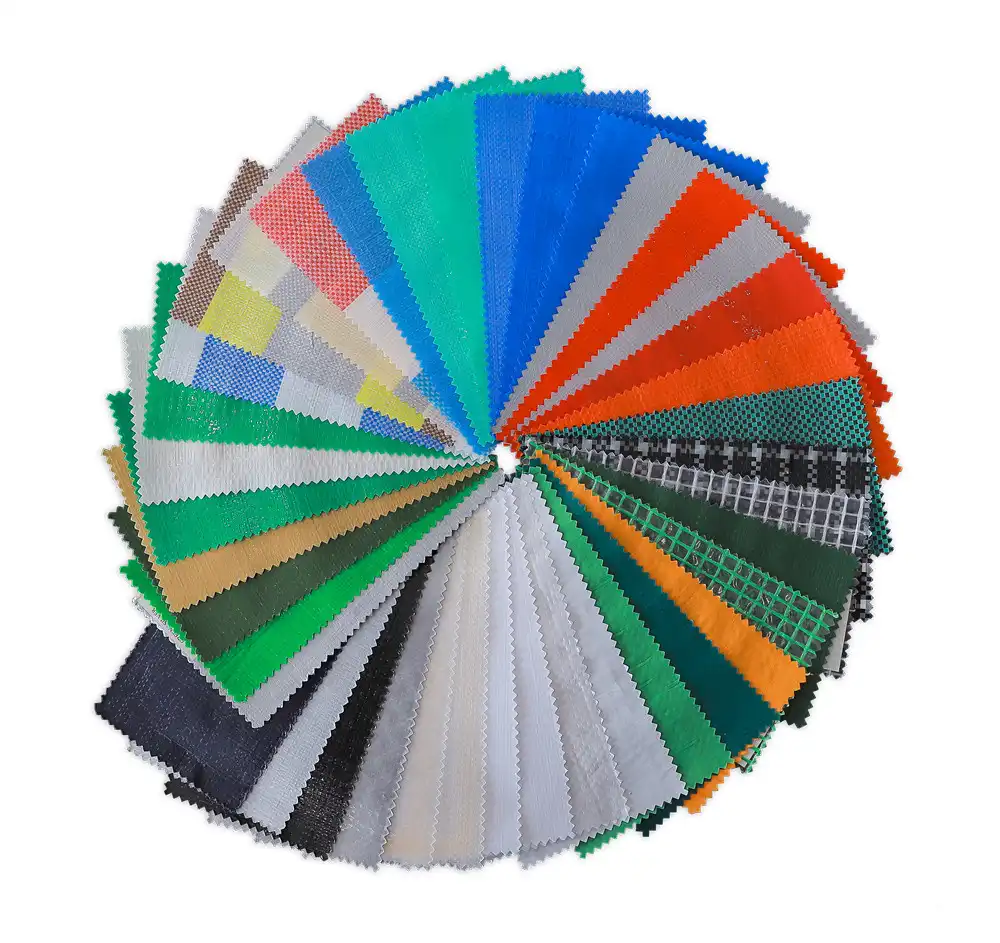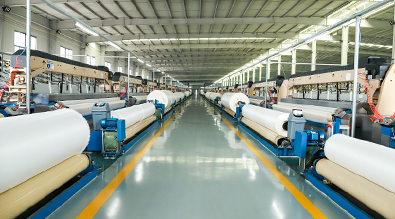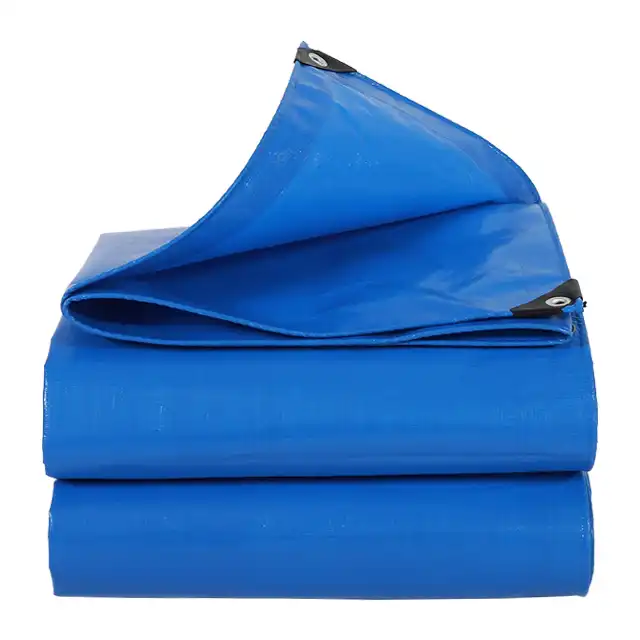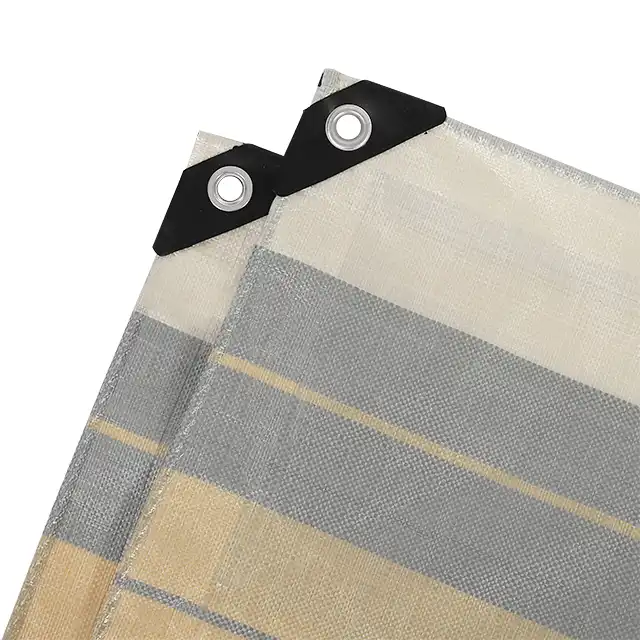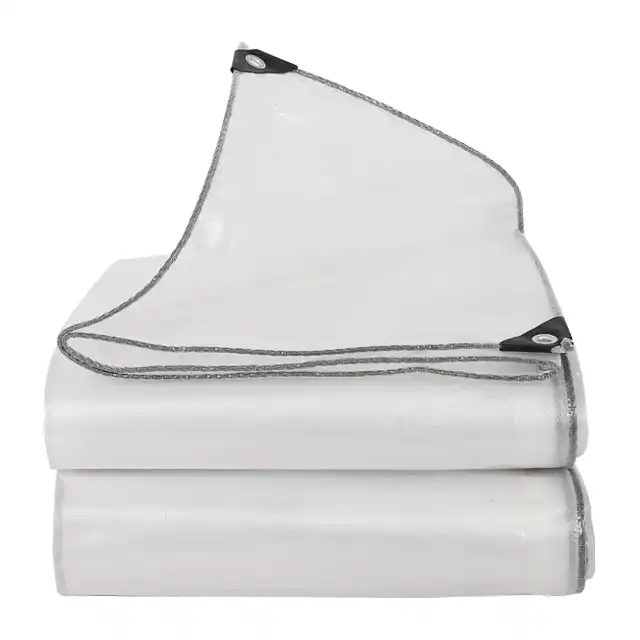The Role of PE Tarpaulin in Disaster Relief Operations
When natural disasters strike, immediate response materials become lifelines for affected communities. Polyethylene (PE) tarpaulins have emerged as one of the most critical resources in disaster relief operations, providing essential protection and support during the most challenging times. The role of PE tarpaulin in disaster relief operations extends far beyond simple coverage - these versatile materials serve as temporary shelters, protective barriers, and essential tools that help communities rebuild and recover. Disaster Relief Tarpaulin has proven indispensable in emergency situations worldwide, offering rapid deployment solutions that can mean the difference between safety and vulnerability for disaster-affected populations.
Essential Applications of PE Tarpaulin in Emergency Response
Emergency Shelter Construction
 Emergency shelter construction represents the most fundamental application of PE tarpaulins in disaster relief scenarios. Following hurricanes, earthquakes, or floods, countless families find themselves without adequate housing protection. PE tarpaulins provide an essential shield against rain, wind, and extreme temperatures, offering temporary shelter until more permanent housing solutions can be arranged. The immediate nature of shelter needs makes Disaster Relief Tarpaulin a critical first-response material that can be deployed rapidly across affected areas. These heavy-duty materials, typically manufactured with HDPE woven fabric and LDPE coating, offer superior durability compared to standard plastic sheeting, ensuring they can withstand harsh environmental conditions for extended periods. The construction versatility of PE tarpaulins allows emergency responders to create various shelter configurations depending on available resources and terrain. From simple lean-to structures against existing walls to more complex frame-supported shelters, these materials adapt to diverse emergency housing needs. The reinforced rims and heat-sealed edges ensure structural integrity even under severe weather conditions, while the UV treatment provides extended outdoor durability. Relief organizations particularly value the 4x6m and 4x5m standard sizes, which offer optimal coverage for family units while remaining manageable for installation by untrained volunteers.
Emergency shelter construction represents the most fundamental application of PE tarpaulins in disaster relief scenarios. Following hurricanes, earthquakes, or floods, countless families find themselves without adequate housing protection. PE tarpaulins provide an essential shield against rain, wind, and extreme temperatures, offering temporary shelter until more permanent housing solutions can be arranged. The immediate nature of shelter needs makes Disaster Relief Tarpaulin a critical first-response material that can be deployed rapidly across affected areas. These heavy-duty materials, typically manufactured with HDPE woven fabric and LDPE coating, offer superior durability compared to standard plastic sheeting, ensuring they can withstand harsh environmental conditions for extended periods. The construction versatility of PE tarpaulins allows emergency responders to create various shelter configurations depending on available resources and terrain. From simple lean-to structures against existing walls to more complex frame-supported shelters, these materials adapt to diverse emergency housing needs. The reinforced rims and heat-sealed edges ensure structural integrity even under severe weather conditions, while the UV treatment provides extended outdoor durability. Relief organizations particularly value the 4x6m and 4x5m standard sizes, which offer optimal coverage for family units while remaining manageable for installation by untrained volunteers.
Water Protection and Containment
Water protection and containment applications demonstrate the critical waterproofing capabilities of PE tarpaulins in disaster scenarios. Whether used to cover damaged roofs, protect exposed belongings, or create temporary shelters, tarpaulins play a vital role in managing the immediate impact of severe weather events. The 100% waterproof feature of quality Disaster Relief Tarpaulin prevents further water damage to already compromised structures and possessions, effectively limiting secondary damage that often exceeds primary disaster impacts. This protection extends beyond simple coverage to include sophisticated water management systems that channel water away from vulnerable areas. The multi-layered construction of professional-grade PE tarpaulins creates superior water barriers that maintain effectiveness even under prolonged exposure to harsh conditions. The LDPE coating on both sides of the HDPE woven fabric creates a completely impermeable surface, while the reinforced edge construction prevents water infiltration at connection points. Emergency response teams utilize these materials for temporary roofing repairs, ground coverage to prevent moisture infiltration, and protective wrapping for essential supplies and equipment. The tear-resistant properties ensure that even under extreme stress, these materials maintain their water-protective functions.
Debris Management and Containment
Debris management and containment operations rely heavily on PE tarpaulins to maintain organized and safe disaster zones. Tarpaulins are used during construction or after disasters to protect partially built or damaged structures, to prevent mess during painting and similar activities, and to contain and collect debris. The role of Disaster Relief Tarpaulin in debris management extends to creating designated collection areas, preventing debris scatter during cleanup operations, and protecting cleanup equipment from weather exposure. This systematic approach to debris management significantly accelerates recovery timelines while maintaining safety standards for both workers and affected communities. The high-strength construction of professional PE tarpaulins enables them to handle substantial debris loads without tearing or failing. The woven HDPE construction provides exceptional tensile strength, while the reinforced edges distribute weight evenly across the material. Relief organizations utilize these materials to create temporary debris storage areas, line collection vehicles to prevent spillage, and cover debris piles to prevent weather-related scatter. The anti-corrosion and shrink-proof properties ensure these materials maintain their structural integrity throughout extended cleanup operations.
Technical Specifications and Performance Standards
Material Construction and Durability Features
Material construction and durability features of PE tarpaulins directly impact their effectiveness in disaster relief applications. Professional-grade Disaster Relief Tarpaulin utilizes woven high-density black polyethylene (HDPE) fibers in a precise warp x weft configuration, laminated on both sides with low-density polyethylene (LDPE) coating. This sophisticated construction method creates materials with exceptional strength-to-weight ratios, enabling easy handling while providing superior protection capabilities. The reinforced rims created through heat sealing on all sides, combined with 5-millimeter diameter PE or PP rope embedded in the hem, provide anchor points capable of withstanding extreme wind loads. The minimum 1000 denier specification ensures consistent quality across all applications, while the mesh count ranging from 10x10 to 18x18 allows for customization based on specific use requirements. The thickness variations from 12 to 20 mil provide options for different durability needs, with heavier gauges recommended for extended deployment scenarios. UV treatment levels ranging from 1% to 7% protect against solar degradation, ensuring materials maintain their protective properties throughout prolonged outdoor exposure. These technical specifications directly translate to real-world performance advantages in disaster environments where material failure is not an option.
Quality Control and Manufacturing Standards
Quality control and manufacturing standards play crucial roles in ensuring PE tarpaulin reliability in disaster situations. Leading manufacturers implement comprehensive quality monitoring systems throughout the entire production process, ensuring every aspect of Disaster Relief Tarpaulin meets or exceeds international standards. ISO 9001:2015 certification provides third-party verification of quality management systems, while independent laboratory testing confirms performance characteristics under various stress conditions. These quality assurance measures become critical when materials must perform reliably in life-threatening situations where failure could have catastrophic consequences. Advanced manufacturing processes utilizing state-of-the-art extrusion equipment ensure consistent yarn thickness from 400D to 2500D, while Korea-imported automatic water-jet looms produce fabric widths from 1.5m to 5m without joints. Professional coating machines apply precise LDPE layers under controlled conditions, ensuring uniform waterproofing across entire material surfaces. Heat-sealing equipment creates reinforced edges that exceed industry standards for strength and durability. These manufacturing standards translate directly to field performance, where consistent quality means predictable protection for disaster-affected populations.
Performance Testing and Validation Methods
Performance testing and validation methods ensure PE tarpaulins meet the demanding requirements of disaster relief applications. Comprehensive testing protocols evaluate tear resistance, waterproof integrity, UV stability, and thermal performance under conditions that simulate real-world disaster environments. Disaster Relief Tarpaulin undergoes rigorous stress testing that includes wind load simulation, puncture resistance evaluation, and long-term weathering studies. These validation processes provide quantifiable data that relief organizations use to specify appropriate materials for different disaster scenarios and geographic conditions. Field testing in actual disaster environments provides additional validation of material performance under real-world conditions. Feedback from relief organizations and affected communities contributes to ongoing product development and quality improvements. Temperature cycling tests ensure materials maintain flexibility and strength across extreme temperature ranges, while accelerated aging studies predict long-term performance characteristics. This comprehensive approach to performance validation ensures that materials deliver consistent protection throughout their intended service life in disaster relief applications.
Strategic Deployment and Logistics Considerations
Supply Chain Management and Distribution Networks
Supply chain management and distribution networks represent critical factors in the effectiveness of PE tarpaulin deployment during disaster relief operations. Successful disaster response requires pre-positioned inventory strategically located to enable rapid deployment to affected areas. Disaster Relief Tarpaulin suppliers must maintain robust distribution networks capable of responding to sudden demand surges while ensuring quality consistency across all delivered materials. The coordination between manufacturers, relief organizations, and logistics providers determines how quickly critical materials reach communities in need. International relief organizations require suppliers with proven track records of reliable delivery and quality consistency. Partnerships with established humanitarian organizations such as UNHCR, IOM, ICRC, and UNICEF demonstrate supplier capability and reliability in high-stakes situations. These relationships are built over years of successful collaboration and proven performance in actual disaster scenarios. The ability to rapidly scale production and maintain quality standards during emergency demand periods separates professional suppliers from conventional commercial providers.
Customization and Specification Requirements
Customization and specification requirements vary significantly across different disaster scenarios and geographic regions. Relief organizations require Disaster Relief Tarpaulin suppliers capable of meeting specific dimensional, color, and performance requirements based on local conditions and cultural considerations. Standard sizes such as 4x6m and 4x5m provide optimal coverage for family units, while roll formats enable efficient distribution and storage. Custom sizing capabilities allow organizations to optimize material usage and reduce waste in specific applications. Color specifications often reflect practical considerations beyond aesthetics, with white coatings providing superior heat reflection in hot climates while maintaining visibility for safety purposes. Weight specifications ranging from 180gsm to 250gsm allow organizations to balance durability requirements against transportation and handling constraints. The ability to provide custom branding and identification markings helps organizations maintain inventory control and prevents material diversion during distribution operations.
Cost-Effectiveness and Resource Optimization
Cost-effectiveness and resource optimization considerations directly impact the scale and scope of disaster relief operations. Organizations must balance material quality against budget constraints while ensuring adequate protection for affected populations. Disaster Relief Tarpaulin represents one of the most cost-effective protection solutions available, providing maximum coverage area per unit cost while offering extended service life compared to alternative materials. The durability characteristics of quality PE tarpaulins enable reuse across multiple applications, further improving cost-effectiveness. Volume purchasing agreements with qualified manufacturers provide relief organizations with predictable pricing and guaranteed availability during emergency periods. Long-term partnerships enable better resource planning and inventory management, reducing overall operational costs while improving response capabilities. The ability to negotiate favorable terms while maintaining quality standards requires careful supplier evaluation and relationship management. Organizations must consider total cost of ownership, including transportation, storage, and deployment costs, when evaluating supplier proposals.
Conclusion
PE tarpaulins have established themselves as indispensable resources in disaster relief operations, providing critical protection and support during humanitarian crises worldwide. From emergency shelter construction to water protection and debris management, these versatile materials offer practical solutions that can be rapidly deployed when communities need them most. The technical specifications and quality standards maintained by professional manufacturers ensure reliable performance under the most challenging conditions, while strategic deployment considerations optimize resource utilization and response effectiveness.
As a leading China Disaster Relief Tarpaulin manufacturer with over two decades of experience, Linyi Shengde Plastic Co., Ltd. stands ready to support your disaster relief initiatives with high-quality materials and reliable service. Our partnerships with major international relief organizations, combined with ISO 9001:2015 certification and comprehensive quality control systems, ensure you receive superior Disaster Relief Tarpaulin that meets the most demanding requirements. Whether you need standard specifications or custom solutions, our experienced team can provide High Quality Disaster Relief Tarpaulin at competitive Disaster Relief Tarpaulin prices. Contact us today at info@shengdetarp.com to discuss your requirements and discover how our China Disaster Relief Tarpaulin wholesale solutions can enhance your disaster preparedness and response capabilities. Choose Linyi Shengde as your trusted China Disaster Relief Tarpaulin supplier for Disaster Relief Tarpaulin for sale that delivers reliability when it matters most.
References
1. "Humanitarian Standards Partnership: Shelter and Settlement Guidelines" - Sphere Association, Geneva, Switzerland
2. "Emergency Shelter Programming Guide" - United Nations High Commissioner for Refugees (UNHCR), Division of International Protection
3. "Disaster Risk Reduction and Management: Materials and Construction Standards" - International Federation of Red Cross and Red Crescent Societies
4. "Technical Standards for Emergency Relief Items" - World Health Organization Emergency Response Framework, Geneva
